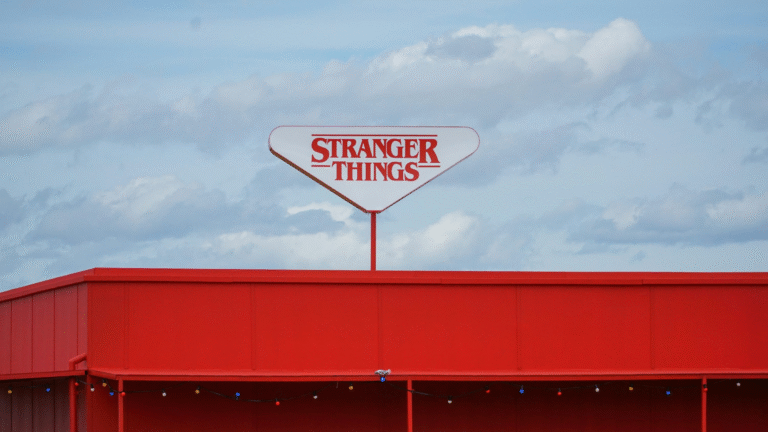Milialar, those tiny white or yellow bumps often found on the face, nose, and cheeks, might seem harmless, but understanding their origins sheds light on their nature. These small cysts, also known as milium cysts, develop when the protein keratin becomes trapped beneath the skin’s surface. Commonly found in groups, they are usually painless but can become irritated and red if rubbed against rough sheets or clothing.
While Milialar are often associated with newborns, they can affect people of all ages and ethnicities. In infants, Milialar might be mistaken for baby acne, but unlike acne, Milialar do not cause inflammation or swelling. Newborn Milialar tend to clear up within a few weeks after birth. In older children and adults, Milialar usually form due to skin damage, which can result from various factors such as blistering injuries, burns, long-term sun exposure, or the use of certain skin products.

There are different types of Milialar, classified based on age and causes. Neonatal Milialar, found in newborns, often disappear within weeks. Primary Milialar, occurring in older children and adults, may last longer and can be found around the eyelids, forehead, or genitalia. Juvenile Milialar, associated with rare genetic disorders affecting the skin, require specialized attention. Traumatic Milialar appear at sites of skin injuries and may become red and irritated.
While Milialar generally don’t pose long-term health risks, they can be removed if they cause discomfort. Various treatments are available, including cryotherapy, deroofing, topical retinoids, chemical peels, laser ablation, and destruction curettage. These methods help eliminate Milialar effectively, ensuring a smooth and clear complexion. If you experience persistent Milialar or are unsure about your skin condition, consulting a healthcare professional is advisable to receive proper diagnosis and guidance.
Milia, although appearing as mere skin blemishes, have a fascinating scientific underpinning. These tiny cysts form when keratin, a robust protein present in skin tissues, hair, and nail cells, becomes trapped beneath the skin’s surface. The trapped keratin forms small, dome-shaped bumps that are commonly white or yellow. These cysts are typically painless and non-itchy, distinguishing them from other skin conditions.
In newborns, milia’s exact cause remains a mystery, often leading to confusion with baby acne. Unlike acne, milia in infants do not stem from hormonal triggers but are seemingly present from birth. In contrast, milia in older children and adults are often associated with skin damage. Blistering due to skin conditions like epidermolysis bullosa or burns, long-term sun damage, and the prolonged use of steroid creams can all contribute to the development of milia.
Understanding the different types of milia offers valuable insights. Neonatal milia, common in newborns, tend to fade away within a few weeks. Primary milia, prevalent in older individuals, can be found on the face, eyelids, or genitalia and may last for several months. Juvenile milia, linked to rare genetic disorders, necessitate specialized care, while traumatic milia develop at sites of skin injury, sometimes causing irritation.












